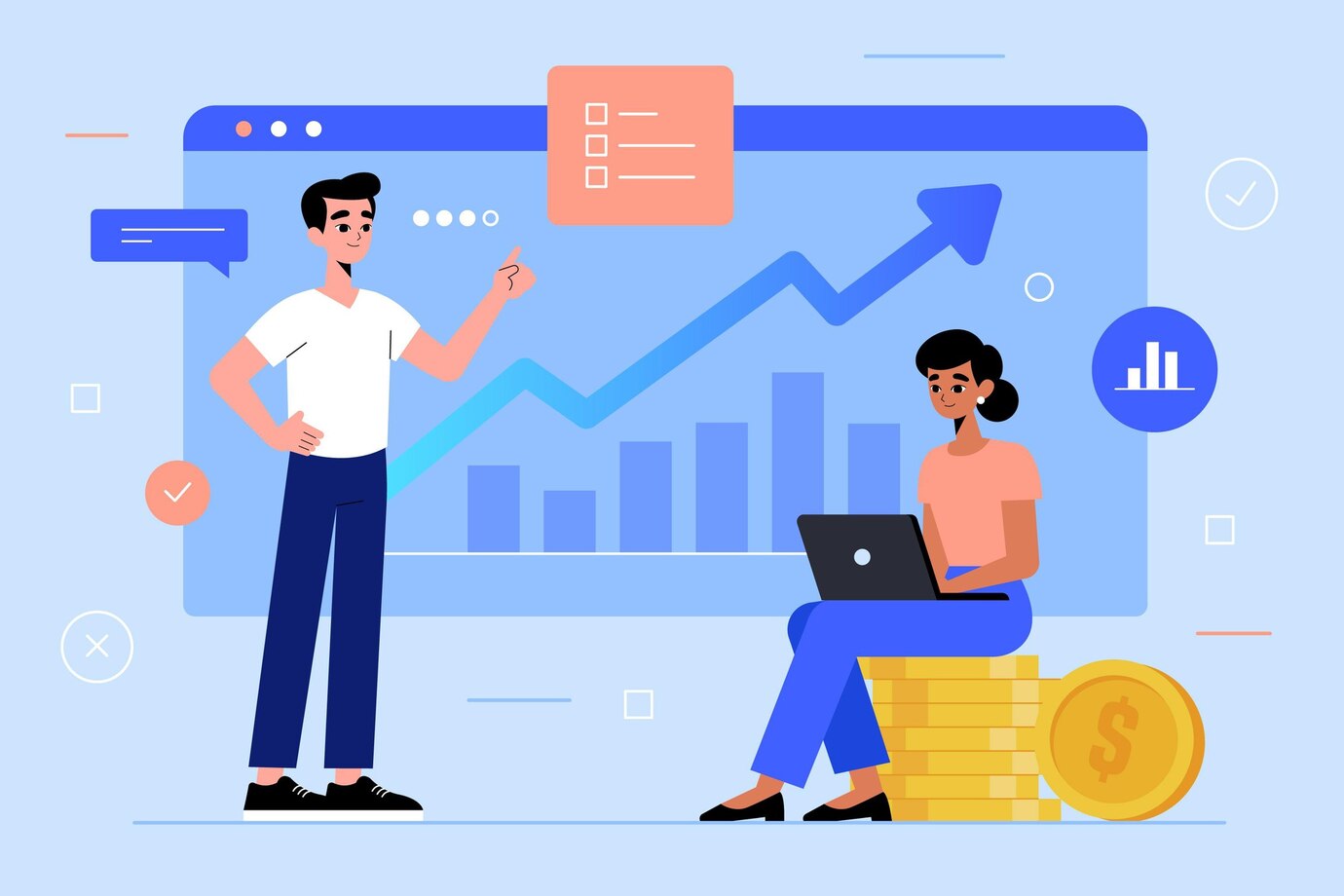In the fast-paced world of financial markets, algorithmic trading, also known as algo trading, has emerged as a revolutionary force. This blog will delve into what algorithmic trading entails, its underlying mechanisms, and the advantages it holds over traditional manual trading.
Understanding Algorithmic Trading:
Algorithmic trading involves the use of computer algorithms to execute trading strategies automatically. These algorithms are designed to analyze market data, identify trading opportunities, and execute orders at optimal prices and speeds. The entire process is driven by predefined rules and parameters, eliminating the need for manual intervention.
Key Components of Algorithmic Trading:
- Market Analysis:
- Algorithms analyze vast amounts of market data, including price movements, trading volumes, and historical patterns. They can process this data at speeds far beyond human capabilities.
- Decision-Making:
- Based on the analysis, algorithms make rapid decisions regarding buying or selling assets. These decisions are often guided by specific criteria, such as price movements, technical indicators, or statistical arbitrage opportunities.
- Order Execution:
- Once a decision is made, algorithms execute orders automatically. The goal is to achieve the best possible execution by considering factors like price, liquidity, and market impact.
- Risk Management:
- Algorithmic trading systems incorporate risk management parameters to control exposure and mitigate potential losses. These parameters can include stop-loss orders, position sizing, and dynamic adjustments based on market conditions.
Benefits of Algorithmic Trading over Manual Trading:
- Speed and Efficiency:
- Algorithmic Trading: Executes trades at speeds measured in milliseconds, allowing for swift response to market changes.
- Manual Trading: Prone to delays and slower execution due to the time required for human decision-making and order placement.
- Elimination of Emotional Bias:
- Algorithmic Trading: Devoid of emotions, algorithms strictly adhere to predefined rules, eliminating the impact of fear, greed, or hesitation that may influence human traders.
- Manual Trading: Emotional biases can lead to impulsive decisions, irrational trades, and deviations from a well-thought-out trading strategy.
- Round-the-Clock Execution:
- Algorithmic Trading: Operates 24/7, executing trades at any time based on market conditions and opportunities.
- Manual Trading: Restricted by human capacity and availability, with traders unable to monitor markets continuously.
- Backtesting and Optimization:
- Algorithmic Trading: Algorithms can be tested on historical data to assess performance and optimize parameters before being deployed in live markets.
- Manual Trading: Historical testing is limited, and traders may lack the ability to simulate their strategies comprehensively.
- Precision and Consistency:
- Algorithmic Trading: Executes trades with precision and consistency according to predetermined rules, minimizing errors and ensuring adherence to the trading strategy.
- Manual Trading: Prone to human error, inconsistencies, and variations in execution, especially during periods of high stress or fatigue.
- Scalability:
- Algorithmic Trading: Easily scalable to handle a large number of trades or complex strategies without a proportional increase in manpower.
- Manual Trading: Limited by human capacity, making it challenging to scale up operations efficiently.
- Diversification and Risk Management:
- Algorithmic Trading: Allows for simultaneous management of multiple strategies and assets, enabling better diversification and risk management.
- Manual Trading: Managing diverse portfolios manually can be cumbersome and may lead to challenges in effective risk control.
- Adaptability to Market Conditions:
- Algorithmic Trading: Can quickly adapt to changing market conditions and adjust strategies accordingly, ensuring relevance in dynamic environments.
- Manual Trading: May struggle to adapt swiftly, leading to missed opportunities or losses during rapid market changes.
Conclusion: The Rise of Algorithmic Precision
Algorithmic trading has transformed the landscape of financial markets, bringing speed, precision, and efficiency to the forefront. While it’s not without its challenges and risks, the benefits of algorithmic trading over manual trading are evident. Traders and institutions are increasingly embracing algorithms to gain a competitive edge in a rapidly evolving and highly competitive environment.
As technology continues to advance, the influence of algorithmic trading is likely to grow, reshaping how financial markets operate. For those looking to navigate the markets with precision and efficiency, understanding the mechanics and advantages of algorithmic trading is crucial in staying at the forefront of the evolving financial landscape.




